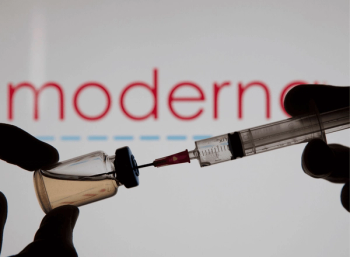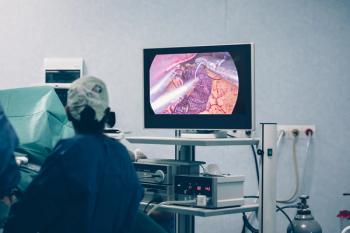
Attention and accountability are the 2 “A’s” that drive change. It’s true in medicine, business, even family. If it is not monitored, it is not regarded as important nor will change be affected.

Attention and accountability are the 2 “A’s” that drive change. It’s true in medicine, business, even family. If it is not monitored, it is not regarded as important nor will change be affected.

“My research centers on examining the intersection of policy, health and economics. In no other area of medicine is policy as critical to health as ob/gyn. It is essential to understand how policy can promote health, or perpetuate reproductive health disparities,” said principal investigator Maria Rodriguez, MD, MPH, an associate professor of ob/gyn in the Section of Family Planning at Oregon Health & Science University in Portland.

Angie DeRosa, Senior Editor at Contemporary OB/GYN®, interviewed Michael Krychman, MD, about the importance of creating an affirming environment in medical facilities for the LGBTQ+ community. He is the executive director of the Southern California Center for Sexual Health and Survivorship in Newport Beach, Calif.

It was a busy week for the Contemporary OB/GYN® team.

Women who undergo endometriosis surgery via diagnostic laparoscopy are significantly more likely to require repeat surgery within the first postoperative year, whereas women who have major conservative surgery are significantly less likely to require another surgery within the first year, according to a Canadian study in the American Journal of Obstetrics and Gynecology.

A study in the journal Menopause has found that the risk of de novo severe carpal tunnel syndrome (CTS) is significantly greater after bilateral oophorectomy performed in premenopausal women.

The Quest 2020 Health Trends Study® has revealed declining rates in gonorrhea and chlamydia screenings, while positive tests increased, an issue that needs urgent public health attention.

What you need to know about coding a follow-up appointment for Type 2 diabetes.

There are important issues that doctors can address head-on to gain professional and personal wellness.

Join Senior Editor Angie DeRosa as Sarah J. Kilpatrick, MD, PhD; and Christian M. Pettker, MD debate noun use.

A recent study highlights the need to continually monitor the cognitive development of children who were born very preterm.

Moderna has initiated the rolling submission process for the biologics license application for its COVID-19 vaccine mRNA-1273.

“GO MOMs will set the foundation for determining future approaches to the screening, diagnosis, and eventually, the treatment of elevated blood glucose during pregnancy,” said NIDDK program director Barbara Linder, MD, PHD, the project scientist for the study.

A webinar held by the Kaiser Family Foundation (KFF) in April shared highlights from the 2020 Women’s Health Survey, followed by a panel discussion on its implications in several areas. This article captures the discussion portion of the webinar.

What to look for this week on Contemporary OB/GYN®

Trust is down in hospitals and the health system as a whole.\

Here's what you missed this week.

The company has publicized data from the TeenCOVE study of the vaccine along with plans to seek authorization in the coming weeks.

The human papillomavirus (HPV) vaccine is a key intervention for a number of cancers, but the opportunity to discuss the vaccine is missed all too often. Could an online educational program help clinicians improve their HPV vaccine communication strategies?

Despite the increase in availability, many patients still don’t know whether their physicians offer telehealth.

You can expect a variety of topics to be covered this week on Contemporary OB/GYN®, including:

A survey found that the pandemic boosted physician burnout and woke many up to their financial precarity.

A study examined the difference in prescribing patterns between pediatricians and dermatologists when it came to acne treatments.

It was a very busy week for the Contemporary OB/GYN® team.

A recently updated Practice Advisory from the American College of Obstetricians and Gynecologists (ACOG) provides an overview of the latest guidance for COVID-19 vaccination in pregnant and lactating patients.

Introducing Contemporary OB/GYN® Editorial Advisory Board member, Laura E. Riley, MD.

The tool becomes available as Good Neighbor Pharmacy surpasses 1 million doses allocated through its Federal Retail Pharmacy Program partnership to independent pharmacies nationwide.

New findings support current guidelines to avoid pregnancy for 12 to 24 months after bariatric surgery, adding emphasis on achieving gestational weight gain.

Shared decision-making (SDM) and patient decision aids (PtDAs) can lower health care costs, lower utilization, and increase prevention-related care; however, these outcomes are not always guaranteed, according to the results of a recent study presented during the 2021 Pharmacy Quality Alliance Annual Meeting.

Host Scott Kober discusses the impact of sexually transmitted infections (STIs) on women’s fertility with experts Jenell Coleman Fennell, MD, MPH, and Molly Quinn, MD.